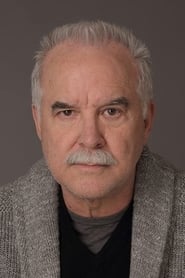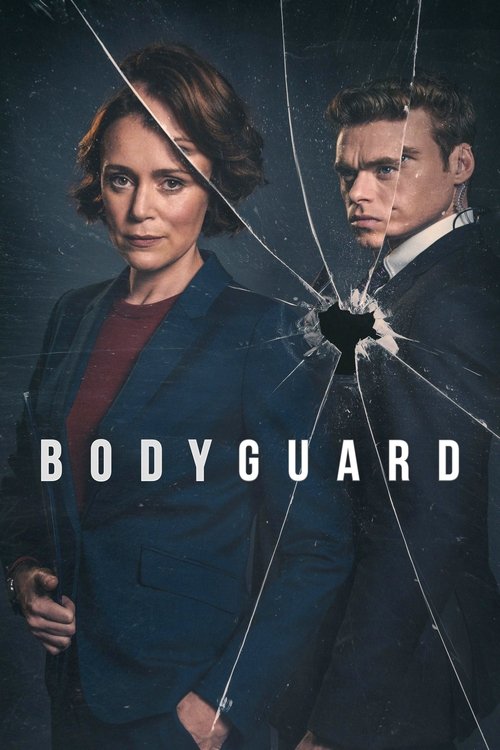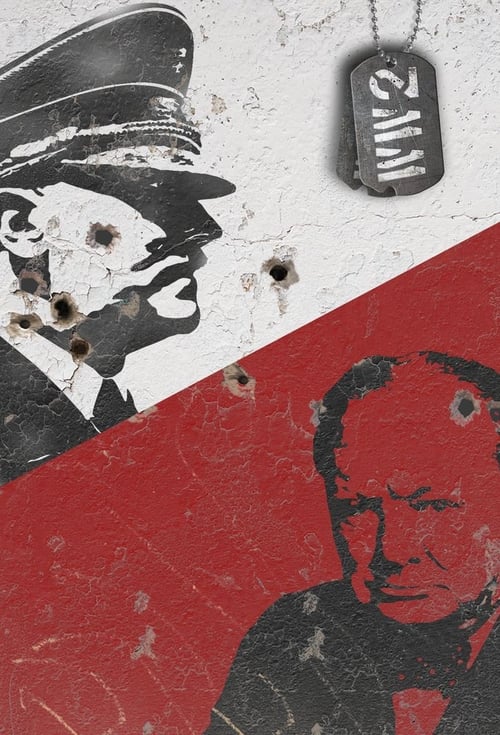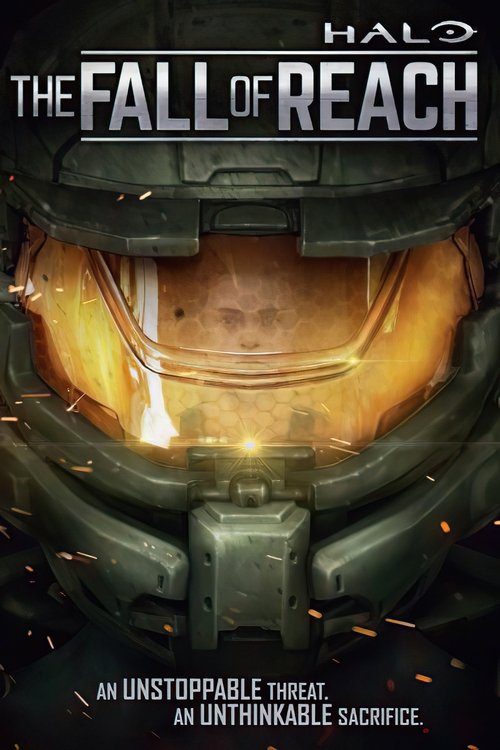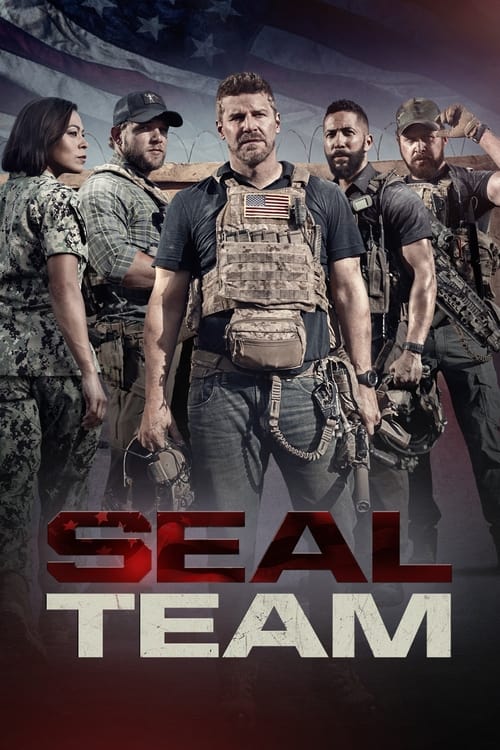
Ask Your Own Question
What is the plot?
In the opening scene of "The Interrogation," President Tom Kirkman is dealing with the aftermath of the recent bombing that has left the nation on edge. He is in the Oval Office, where he is briefed by his Chief of Staff, Emily Rhodes, about the ongoing investigation into the attack. Tensions are high as Kirkman grapples with the pressure from the public and the media, who are demanding answers and accountability.
Meanwhile, FBI Agent Hannah Wells is pursuing leads related to the bombing. She is shown interviewing witnesses and gathering evidence, determined to uncover the truth behind the attack. Her investigation leads her to a suspect, a man named Patrick Lloyd, who is believed to have connections to the bombing. Wells is portrayed as relentless and focused, driven by a personal commitment to justice.
As the episode progresses, Kirkman is faced with a critical decision regarding how to handle the interrogation of Lloyd. He is advised by his team to take a hardline approach, but he struggles with the moral implications of using aggressive tactics. This internal conflict highlights Kirkman's character as a leader who is trying to balance the need for security with ethical considerations.
In a parallel storyline, Wells successfully tracks down Lloyd and confronts him. The scene is tense as she uses her skills to extract information from him. Lloyd is portrayed as a cunning and manipulative character, and their exchange is filled with psychological games. Wells remains composed, but the pressure of the situation is palpable as she tries to get him to reveal his connections to the bombing.
Back in the White House, Kirkman decides to authorize a more aggressive interrogation of Lloyd, despite his earlier reservations. He believes that time is of the essence and that the safety of the nation is at stake. This decision marks a turning point for Kirkman, as he begins to embrace a more assertive leadership style in response to the crisis.
The interrogation of Lloyd takes place in a secure facility, where he is confronted by a team of interrogators. The atmosphere is charged with tension as they employ various techniques to break him down. Lloyd remains defiant, taunting the interrogators and refusing to cooperate. The scene is intense, showcasing the psychological battle between the interrogators and Lloyd.
As the interrogation continues, Wells is brought in to assist. She uses her previous interactions with Lloyd to her advantage, attempting to connect with him on a personal level. This approach leads to a breakthrough, as Lloyd begins to reveal information about his network and the motivations behind the bombing. The emotional stakes rise as Wells realizes the implications of what he is saying.
In a dramatic twist, Lloyd reveals that there are more attacks planned, which sends shockwaves through the team. Kirkman is informed of this development, and the urgency of the situation escalates. He must now act quickly to prevent further violence, leading to a frantic race against time.
The episode culminates in a high-stakes sequence where Kirkman and his team scramble to piece together the information provided by Lloyd. They work to identify potential targets and mobilize resources to thwart any impending attacks. The tension is palpable as they coordinate with law enforcement and intelligence agencies, showcasing the complexities of crisis management at the highest level.
In the final moments of the episode, Kirkman reflects on the moral implications of his decisions. He grapples with the weight of leadership and the sacrifices that come with it. The episode ends on a cliffhanger, leaving viewers anxious about the potential consequences of the actions taken and the ongoing threat to national security.
What is the ending?
In the ending of "The Interrogation," President Tom Kirkman faces a critical moment as he navigates the complexities of a hostage situation involving a terrorist. The episode concludes with Kirkman making a decisive choice to negotiate with the terrorist, ultimately leading to a tense standoff. Meanwhile, Agent Hannah Wells uncovers crucial information about the conspiracy behind the attack, setting the stage for future conflicts. The episode ends with a sense of urgency and unresolved tension, highlighting the precarious nature of Kirkman's presidency and the ongoing threats to national security.
As the episode unfolds, we see President Tom Kirkman in the Oval Office, grappling with the fallout from a hostage situation that has escalated dramatically. The tension is palpable as he receives updates from his team, including Chief of Staff Emily Rhodes and FBI Agent Hannah Wells. Kirkman's internal struggle is evident; he feels the weight of responsibility not only for the hostages but also for the nation. His determination to protect innocent lives drives him to engage directly with the terrorist, showcasing his commitment to diplomacy even in dire circumstances.
In a pivotal scene, Kirkman is seen pacing in the Oval Office, his brow furrowed with concern. He is acutely aware that every decision he makes could have life-or-death consequences. As he prepares to address the nation, he reflects on the gravity of his role as the designated survivor, a position that has thrust him into the spotlight unexpectedly. The camera captures his resolve, but also the flicker of doubt in his eyes, revealing the emotional toll of leadership.
Meanwhile, Agent Hannah Wells is deep in her investigation, piecing together clues that suggest a larger conspiracy at play. Her determination to uncover the truth is unwavering, and she is shown in a series of quick cuts, interviewing witnesses and analyzing evidence. The urgency of her mission is underscored by her interactions with her colleagues, who express both support and concern for her safety. As she delves deeper, she uncovers a connection between the hostage situation and a broader network of threats, heightening the stakes for both her and Kirkman.
As the climax approaches, Kirkman makes the bold decision to negotiate with the terrorist, believing that dialogue may save the hostages. The scene shifts to a tense negotiation room, where Kirkman's voice is steady but filled with underlying tension. He speaks directly to the terrorist, attempting to understand his motivations while maintaining a firm stance. The emotional weight of the moment is captured through close-ups of Kirkman's face, revealing his empathy and resolve.
The episode culminates in a standoff, where the terrorist's demands clash with Kirkman's principles. The tension in the room is thick, and the stakes are higher than ever. Kirkman's team watches anxiously, their expressions a mix of hope and fear. As the negotiation unfolds, the camera cuts between Kirkman and the hostages, amplifying the emotional stakes. The fate of the hostages hangs in the balance, and Kirkman's leadership is put to the ultimate test.
In the final moments, Kirkman's negotiation leads to a breakthrough, but not without significant risk. The episode ends on a cliffhanger, with the audience left to ponder the consequences of Kirkman's choices. Agent Wells, having uncovered critical information, is poised to confront the larger conspiracy, setting the stage for future episodes. The episode closes with a sense of urgency, leaving viewers anxious about the fates of both Kirkman and Wells as they navigate the treacherous waters of political intrigue and personal sacrifice.
Is there a post-credit scene?
In "The Interrogation," the sixth episode of Designated Survivor, there is no post-credit scene. The episode concludes without any additional scenes after the credits roll. The focus remains on the intense narrative and character developments throughout the episode, particularly surrounding the interrogation of a key suspect in the bombing. The tension and stakes are high, and the episode wraps up with the resolution of the interrogation plotline, leaving no room for a post-credit moment.
What is the significance of the flashbacks in this episode?
The episode features flashbacks that provide insight into the characters' motivations and the events leading up to the bombing. These flashbacks reveal the personal stakes for both Kirkman and Wells, highlighting their emotional struggles and the impact of the tragedy on their lives.
What happens during the interrogation of the suspect in the bombing case?
In this episode, the FBI interrogates a suspect named Patrick Lloyd, who is believed to have connections to the bombing. The interrogation is intense, with Agent Wells and her team trying to extract crucial information from him. Lloyd remains evasive and manipulative, leading to a psychological battle between him and the agents.
How does President Kirkman react to the developments in the interrogation?
President Kirkman is deeply invested in the interrogation process, feeling the weight of the nation's expectations on his shoulders. He struggles with the moral implications of the interrogation techniques being used and is torn between the need for information and the ethical considerations of how it is obtained.
What role does Agent Hannah Wells play in the investigation?
Agent Hannah Wells takes a central role in the investigation, showcasing her determination and resourcefulness. She is driven by a personal connection to the case, as she lost a friend in the bombing. Her instincts lead her to question the validity of the evidence against Lloyd, pushing her to dig deeper into the case.
How does the episode explore the theme of justice versus revenge?
Throughout the episode, characters grapple with the balance between seeking justice for the victims of the bombing and the desire for revenge against those responsible. This internal conflict is particularly evident in Kirkman's decisions as he navigates the political landscape while trying to uphold his values.
Is this family friendly?
In "The Interrogation," episode 6 of Designated Survivor, there are several elements that may be considered objectionable or upsetting for children or sensitive viewers:
-
Intense Interrogation Scenes: The episode features scenes of interrogation that may be emotionally charged and depict psychological pressure, which could be distressing for younger viewers.
-
Violence and Threats: There are moments that involve discussions of violence and threats, which may be unsettling.
-
Political Tension: The episode explores themes of political intrigue and betrayal, which might be complex and potentially confusing for younger audiences.
-
Emotional Strain: Characters experience significant emotional turmoil, including fear, anxiety, and moral dilemmas, which could resonate deeply with sensitive viewers.
-
Mature Themes: The overarching themes of justice, loyalty, and the consequences of decisions may be heavy for children to fully grasp.
These elements contribute to a tone that may not be suitable for all audiences, particularly younger children.







